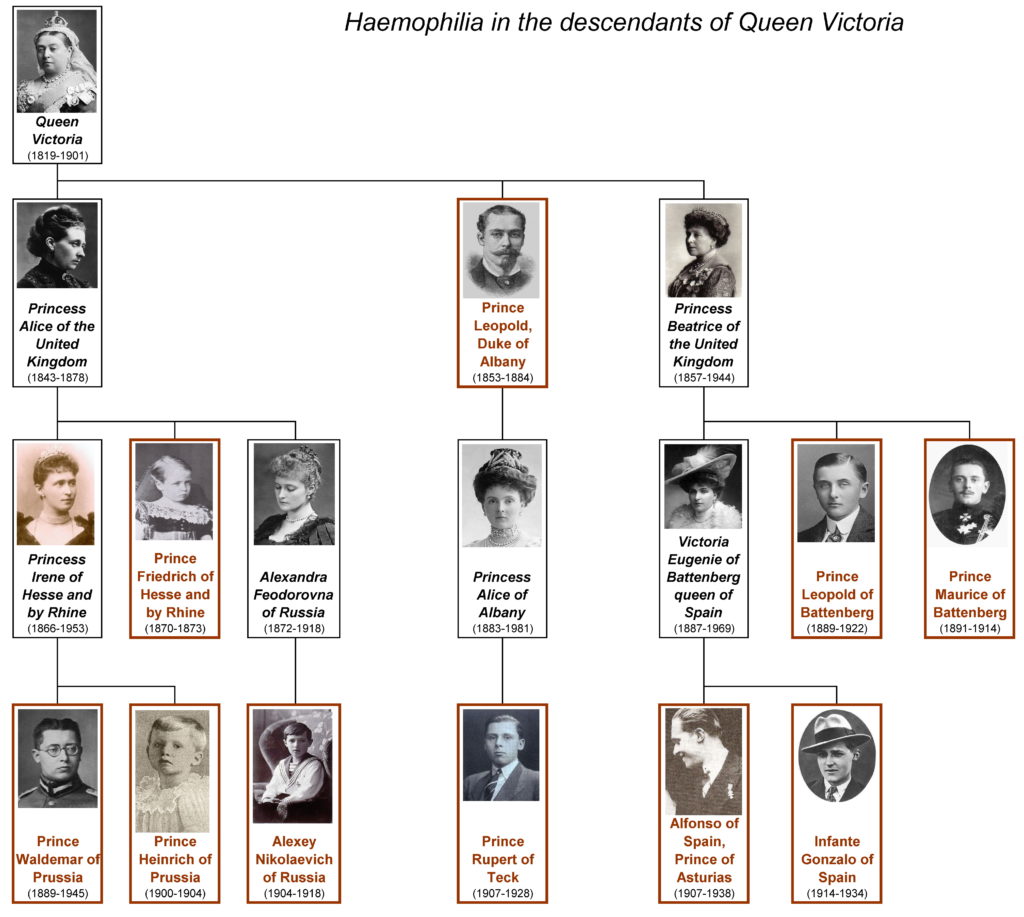11.11: Introduction to Heredity and Disease
- Page ID
- 44447
\( \newcommand{\vecs}[1]{\overset { \scriptstyle \rightharpoonup} {\mathbf{#1}} } \) \( \newcommand{\vecd}[1]{\overset{-\!-\!\rightharpoonup}{\vphantom{a}\smash {#1}}} \)\(\newcommand{\id}{\mathrm{id}}\) \( \newcommand{\Span}{\mathrm{span}}\) \( \newcommand{\kernel}{\mathrm{null}\,}\) \( \newcommand{\range}{\mathrm{range}\,}\) \( \newcommand{\RealPart}{\mathrm{Re}}\) \( \newcommand{\ImaginaryPart}{\mathrm{Im}}\) \( \newcommand{\Argument}{\mathrm{Arg}}\) \( \newcommand{\norm}[1]{\| #1 \|}\) \( \newcommand{\inner}[2]{\langle #1, #2 \rangle}\) \( \newcommand{\Span}{\mathrm{span}}\) \(\newcommand{\id}{\mathrm{id}}\) \( \newcommand{\Span}{\mathrm{span}}\) \( \newcommand{\kernel}{\mathrm{null}\,}\) \( \newcommand{\range}{\mathrm{range}\,}\) \( \newcommand{\RealPart}{\mathrm{Re}}\) \( \newcommand{\ImaginaryPart}{\mathrm{Im}}\) \( \newcommand{\Argument}{\mathrm{Arg}}\) \( \newcommand{\norm}[1]{\| #1 \|}\) \( \newcommand{\inner}[2]{\langle #1, #2 \rangle}\) \( \newcommand{\Span}{\mathrm{span}}\)\(\newcommand{\AA}{\unicode[.8,0]{x212B}}\)
What you’ll learn to do: Explain the conventions of a family pedigree and predict whether a disease will be passed through a family in one of three modes
Over the years, we’ve seen that some diseases are hereditary. In this outcome, we’ll learn just how some diseases can be passed through a family line.
Family pedigrees and diseases can also be used to solve “mysteries,” such as the case of the Tsar of Russia and the missing Princess Anastasia. In this case, haemophilia within European royalty figured prominently in identifying the bodies of the murdered Russian royals (but not Princess Anastasia).

Contributors and Attributions
CC licensed content, Original
- Introduction to Heredity and Disease. Authored by: Shelli Carter and Lumen Learning. Provided by: Lumen Learning. License: CC BY: Attribution
CC licensed content, Shared previously
- Haemophilia of Queen Victoria: family tree. Authored by: Shakko. Located at: https://commons.wikimedia.org/wiki/File:Haemophilia_of_Queen_Victoria_-_family_tree_by_shakko.jpg. License: CC BY-SA: Attribution-ShareAlike

